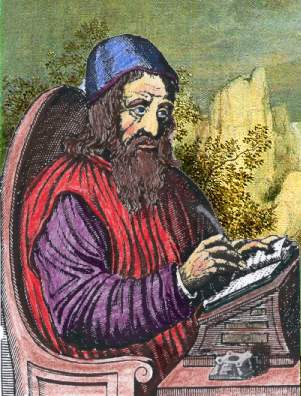A Man Who Had A Difficult Time With New Technology

In “The Rise of the Reading Public” it mentions a man named Abbot Johannes Trithemius. He had a difficult time adapting himself to the printed word rather than the hand written word. This abbot talked about a competing technology (printed word) and mentioned, “The printed book is made of paper and, like paper, will quickly disappear. But the scribe working with parchment ensures lasting remembrance for himself and for his text”. Similar types of criticisms occur today between today’s technology, digital e-readers and yesterday’s technology, books. Trith said scribes are more careful than individuals who work with print, therefore the spelling and other important aspects of books are more cautiously looked after. He had a hard time understanding how to incorporate print into his idea of monastic life.
Trith seriously felt that the detailed copying (writing) of various texts was so important for monastic life and education. “The abbot not only exhorted his monks to copy books, but also explained why ‘monks should not stop copying because of the invention of printing.’” Trith said when a monk transcribes the written text he understands and feels it deeply in his heart and soul. It was almost a form of meditation for the monks. Monastic writing still took place even after the first printing press was used. The monks were quite devoted to hand writing texts.
Elizabeth Eisenstein, “The Rise of the Reading Public”, pg. 101

1 Comments:
A good discussion. One note: don't use complete URL's as links. The reader should just see a word or phrase (name of link) not the entire address. If you don't know how to do this come and speak with me.
Eisenstein's discussion of Johannes Trithemius's criticisms of print culture are interesting. Is there anything about scribal culture that was superior to print culture? The monastic culture of the scribes placed a value on the word that may have been lost in the transition to the profit-oriented commercial print shop. Parchment does outlast paper, and the illuminated manuscript has an artistic and spiritual aura that the printed page cannot match.
Post a Comment
<< Home